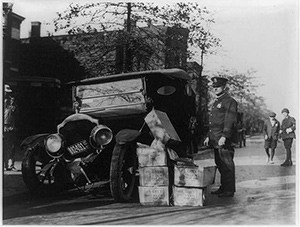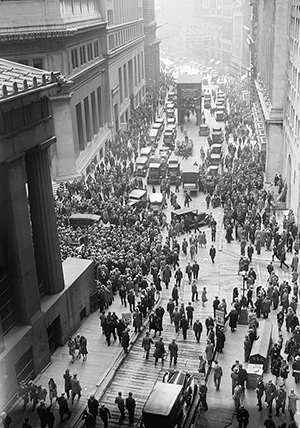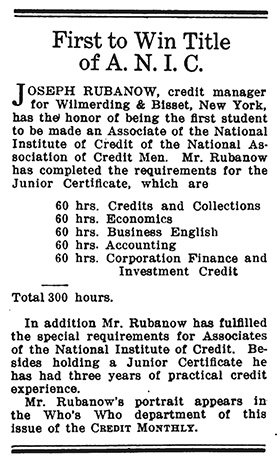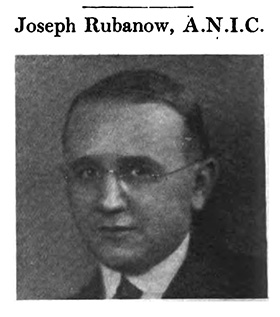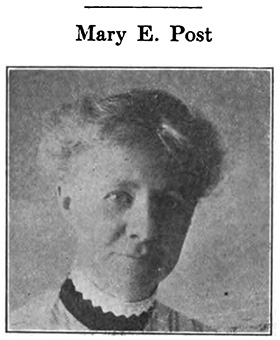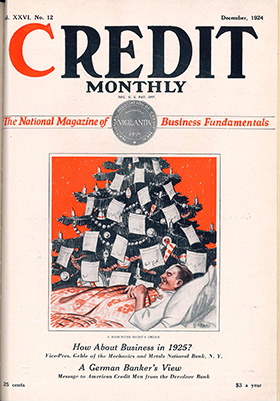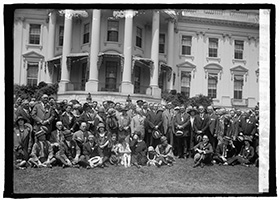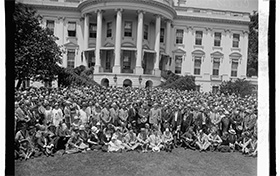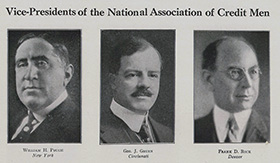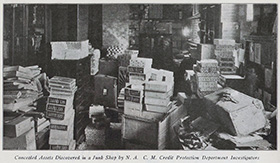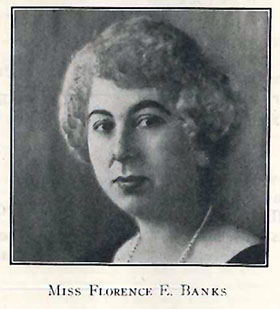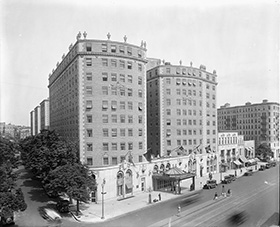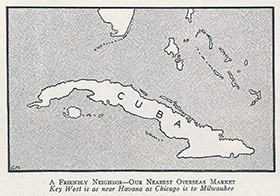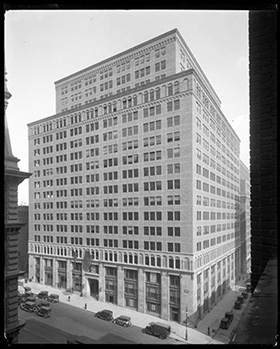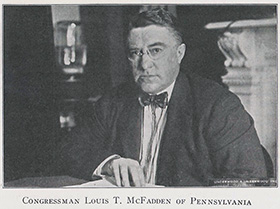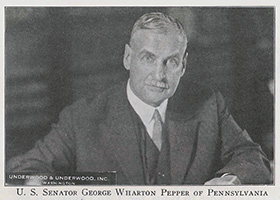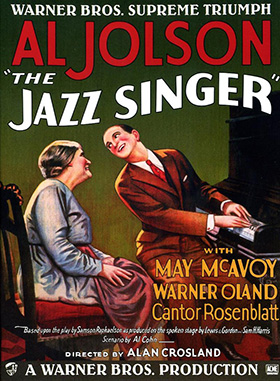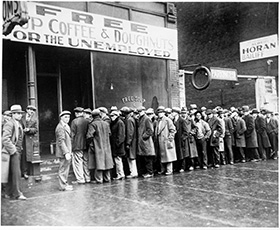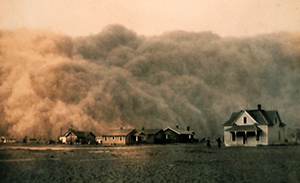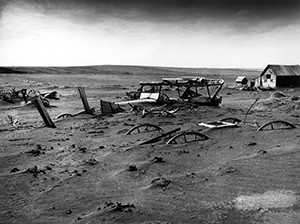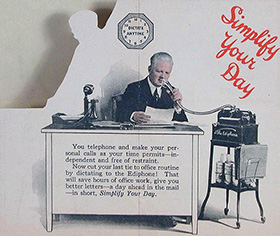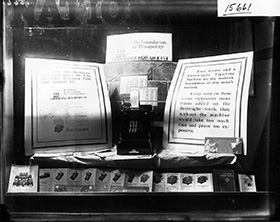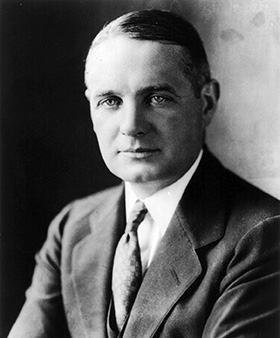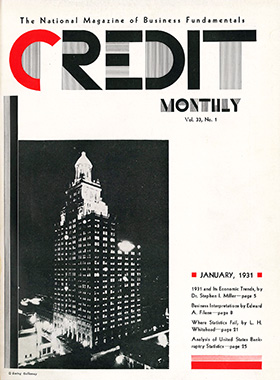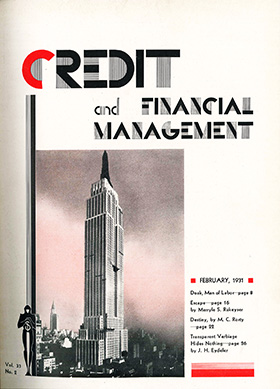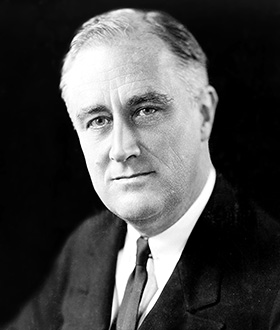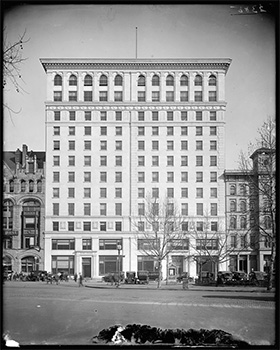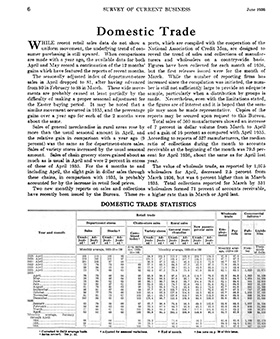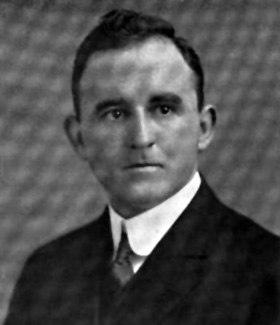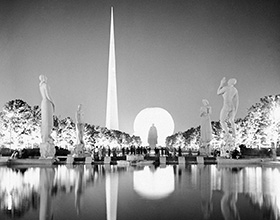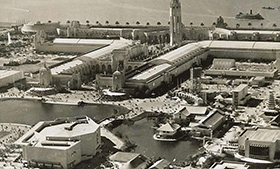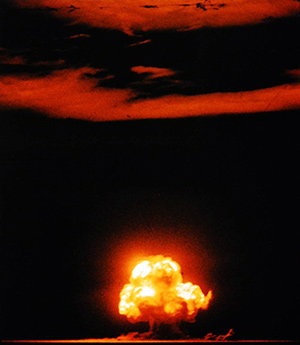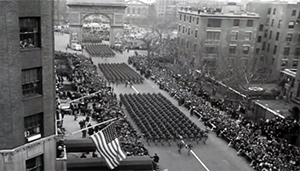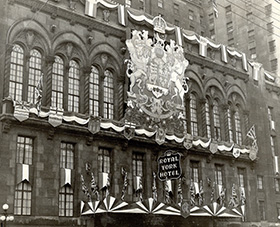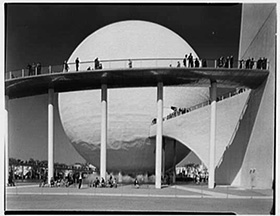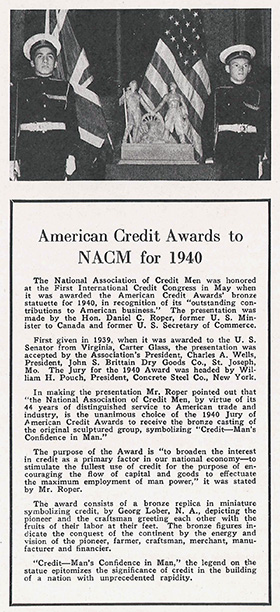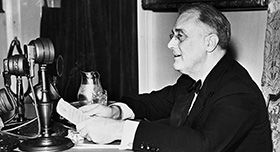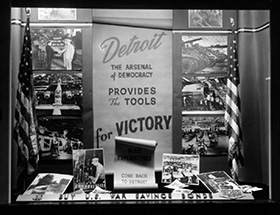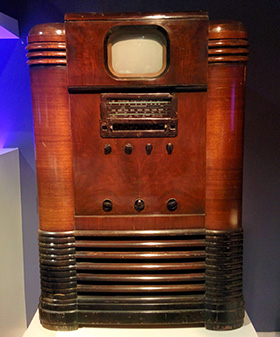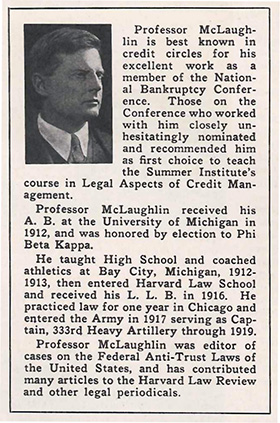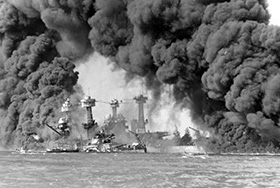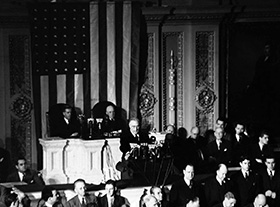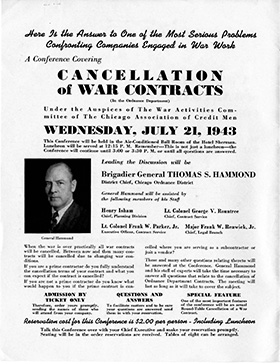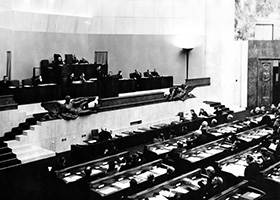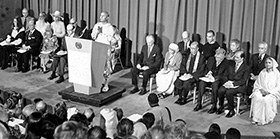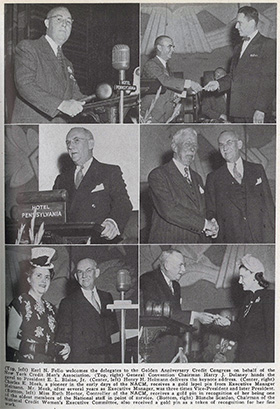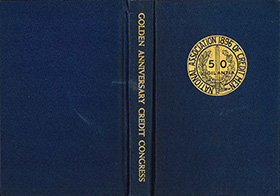... was held in New York in February.
... was of prime importance. Affiliates were encouraged to form local chapters of the National Institute of Credit. The first student to become an associate was Joseph Rubanow, a member of the New York affiliate.
A clip from the February 1922 edition of Credit Monthly. Joseph Rubanow was the first graduate, earning the designation "Associate of the National Institute of Credit" (click to enlarge)
An attempt was made to eliminate the par payment of checks as a service feature of the Federal Reserve System. NACM's Banking and Currency Committee appeared before a committee of Congress, and the system was saved.
Through it's legislative committees, NACM helped a number of states to enact bad-check laws.
NACM took preliminary steps toward enactment of legislation providing for arbitration of commercial disputes.
... were established in San Francisco, Chicago, and New York.
At the 30th annual convention, credit women received their first official recognition from the Association. Today, this organization is better known as the Credit & Financial Development Division (CFDD).
Florence Banks led the way to establishing a group of "about 40" credit women at the Hotel Mayflower (pictured right) during the 30th annual convention (click to enlarge).
Three National Credit Women's Executive Committees were formed, one for each division of the Association. L. M. Guth became head of the Eastern Division, and Florence E. Banks for the Western Division.
... to meet evils of collusions, fraudulent compositions, discharge of dishonest debtors, ineffective criminal provisions, evasion of statue, and unnecessary complications of procedure.
Impressed with the need for a more uniform system of banking, the Association took an active part in securing passage of McFadden-Pepper National Bank Bill for uniform banking system.
Congressman McFadden (left) and Senator Pepper (right) introduced some of the most significant amendments to the Federal Reserve Act of 1913 (click to enlarge).
... The Jazz Singer premiered in New York City to "hysterical" audiences before appearing in movie theaters across the U.S.
A promotional poster. Robert Sherwood of Life magazine reviewed the movie as "fraught with tremendous significance.... I for one suddenly realized that the end of the silent drama is in sight." (click to enlarge).
... to combat credit fraud. The goal is $1,750,000 (almost $26,500,000 in 2020).
... now enacted in forty-three states.
Black Tuesday, the day the stock market crashed and kicked off the Great Depression. At it's lowest point almost 90% of the economy from the "roaring 20s" was lost. It would take World War II to lift the U.S. economy back above pre-1929 levels.
Lines like this were a common sight all across the U.S. (click to enlarge).
(return to top)
1930s
The Dirty ThirtiesPoor farming practices and drought in the Midwest contributed to an ecological collapse and massive soil erosion. Dust clouds that measured hundreds of miles blew across the country.
April 14, 1935. Black Sunday: The worst of the storms, a "black blizzard" buried people, cars and homes. Most terrifying of all was the absolute darkness the storms brought.
The Secretary-Managers (Chief Operating Officers) Advisory Council (Secretarial Council) met with the Board of Directors for the first time.
At the convention business show, exhibitors displayed equipment and demonstrated services specifically designed to increase efficiency in credit management, such as the Dictaphone, postal telegraph, Burroughs Adding Machine and the Ediphone!
An advertisement for an Ediphone; a Burroughs Adding Machine on display (click to enlarge).
In July, President Hoover authorized the Attorney General to conduct an investigation into bankruptcy abuse across the country. The losses in the previous five years averaged $750,000 per annum. The association cooperated with the government in the national investigation.
William J. Donovan, head of the investigation, had nothing but praise for the assistance he recieved from NACM (click to enlarge).
... was created.
NACM sponsored first national Mercantile Credit Survey made by the U.S.
... passes the 400 mark.
... into Congress; it was a sweeping revision of the entire Bankruptcy Act involving radical changes both in substantive and administrative features of the law, and introducing entirely new principles and theories both of conduct and administration. The amendatory bill for the first time recognized the important place which trade and credit associations had taken in administration of insolvent estates.
NACM sponsored proper credit provisions in industry codes.
NACM and its officers actively participated in National Recovery Program.
... in flood of debtor relief legislation. President Roosevelt signed the bill to amend the Bankruptcy Law by providing emergency temporary aid for insolvent public debtors. An amendment to the Bankruptcy Act providing for the reorganization of corporations was signed by President Roosevelt.
President Franklin Delano Roosevelt circa 1933 (click to enlarge).
NACM sponsored passage of the Federal Bond Law, also known as the Miller Act, providing payment bond to protect public works creditors.
... held its first meeting in New Orleans.
... to improve and modernize bankruptcy procedures and practice, Chandler Bill became law as National Bankruptcy Act of 1938; which simplified and improved bankruptcy administration. Represents most outstanding legislative accomplishment since passage of the National Bankruptcy Act of 1898.
Walter Chandler originally introduced the bill to Congress (click to enlarge).
In honor of the nation's wholesaling, manufacturing and banking credit executives, the authorities of both the New York World's Fair and the San Francisco Golden Gate Exposition appointed an official "National Association of Credit Men's Day" at each celebration—June 19th in New York and August 24th in San Francisco.
New York's World Fair on left, San Francisco's Golden Gate Exposition on right (click to enlarge).
As a member of the National Bankruptcy Conference, the Association engaged actively in drafting recommendations in connection with the revision of the General Orders in Bankruptcy made necessary by enactment of the Chandler Bankruptcy Act.
(return to top)
NACM awarded the American Credit Award's bronze statuette for 1940 in recognition of its "outstanding contributions to American business."
The award consisted of a bronze replica symbolizing credit, the pioneer and the craftsman greeting each other with the fruits of their labor (click to enlarge).
President Roosevelt made "a call to arm and support" the Allies in Europe (and the Republic of China), in total war against Nazi Germany and Imperial Japan.
President Roosevelt delivered 28 extremely popular "Fireside Chats" during his presidency, though it would be the "Arsenal of Democracy" speech that became the most listened to radio broadcast of all time. On left, the "Arsenal of Democracy" came to refer to the collective efforts of American industry in supporting the Allies, as the primary supplier of matériel for the war effort (click to enlarge).
... conducted by the NACM in cooperation with the Babson Institute of Business Administration, was held in Wellesley Hills, Massachusetts. A second session was held in 1942 and then postponed because of the wartime curtailment of educational activities.
A biographical article on Dr. James A. McLaughlin, one of the professors at the first summer class, from the May 1941 issue of Credit. 80 men and women attended the various summer classes (click to enlarge).
The U.S. oil embargo threatened to grind the Japanese military machine to a halt; Japan refused American demands to leave China and decided that war with the United States was inevitable. Tokyo's calculation that Americans would lose heart and seek a compromise peace proved wildly wrong—the "sneak attack" at Pearl Harbor electrified public opinion. When President Roosevelt went before Congress the following day, the U.S. committed with near unanimity to a war to the death against the Japanese Empire. In response, on December 11, Nazi Germany declared war on the U.S.
In Rememberance (click to Open/Close)
Pat Tracey
Henry H. Heimann - July, 1944
Very few readers of this magazine or the members of our organization ever knew or heard of Pat Tracey. Pat was a lively young American boy of Irish ancestry. There was a bit of the Irish smile about his face at all times; the Irish wit to liquidate the pompous and the boastful; the American hustle to get ahead. Pat was a regular fellow.
Yes, Pat was a young boy who worked in the Foreign Department. No job too menial for Pat to tackle. No errand too small for him to lose interest. He always gave his best in whatever he did. And he did plenty.
Then one day his country needed him. We sent him off to the war with a little party of good cheer. It just didn’t seem right not to do so. Pat was going to be out there doing his bit for you and me.
Pat liked to fly so he joined the Air Force. From time to time we heard from Pat. We knew he was getting on well but never from what he told us. Pat was so modest and lovable.
One day last month Pat went over Germany. He didn’t come back. He will never come back in person.
It is not that Pat has left us. We somehow feel that he is still there with those Irish eyes of his and that Irish wit—there pitching in doing his level best.
It’s the thousands of Pat Traceys that we the living can never forget. All we have, all we do, all we live for depends on Pat Tracey and many like him.
Goodbye, Pat—but you’ll never really leave us. We won’t let you.
The attack was notable for its considerable destruction, as putting most of the U.S. battleships out of commission was regarded—in both navies and by most military observers worldwide—as a tremendous success for Japan. President Roosevelt addressing Congress, requesting a declaration of war with Japan (click to enlarge).
NACM sponsored law for par clearance of bank checks in Iowa, first state to enact such a law. Proposed model legislation such as Bulk Sales Laws, Assumed Name Laws, and Assignments Accounts Receivable Laws for adoption in state legislatures generally.
NACM's president appeared before House Ways and Means Committee to present views on taxation.
NACM's president confers with War Production officials on framing policy on procedure for handling Terminated War Contracts. A special NACM committee issued an opinion statement on termination of war contracts that vitally affected credit and financial interests.
The notice sent out to rally professionals to discuss the aftermath of the war (click to enlarge).
FCIB celebrated its 25th anniversary at the Hotel Pennsylvania in New York, New York.
"... in view of the unsettled emergency war conditions, we respectfully and regretfully recommend to the Board of Directors of the National Association of Credit Men that the Credit Congress scheduled for New York in May be deferred until such time as war conditions are such that it is advisable to hold it."
The United Nations replaced the largely ineffectual League of Nations as the world organization for the promotion of global peace.
On left is the last official assembly of the League of Nations, December 14, 1939. A dramatically reduced League voted unanimously to disband and transfer all assets to the United Nations on April 18, 1946. On right, the first official council meeting of the United Nations on January 10, 1946 (click to enlarge).
... was held in French Lick Spring, Indiana. Due to ongoing scarcity at French Lick Spring, each affiliate was permitted only one attendee per 60 members.
... was a state of geopolitical tension after World War II between powers in the Western Block that championed capitalism (the United States, the future members of NATO, and others) and the Eastern Bloc (the Soviet Union and its satellite states) that championed communism. The term "cold" is used because there was no large-scale fighting directly between the two sides, but they each supported major regional wars known as proxy wars.
After a study of more than two years, the establishment of the Credit Research Foundation was authorized by the National Board to begin operations with the enrollment of 500 charter members.
NACM celebrated the first 50 years at a postponed Golden Anniversary Credit Congress in New York City.
NACM had survived the Financial Panic, the Great Depression, and both World Wars.
Just a few of the highlights from the convention. On right, a souvenir program from the convention, which included a thorough history of the organization (click to enlarge).
(return to top)
